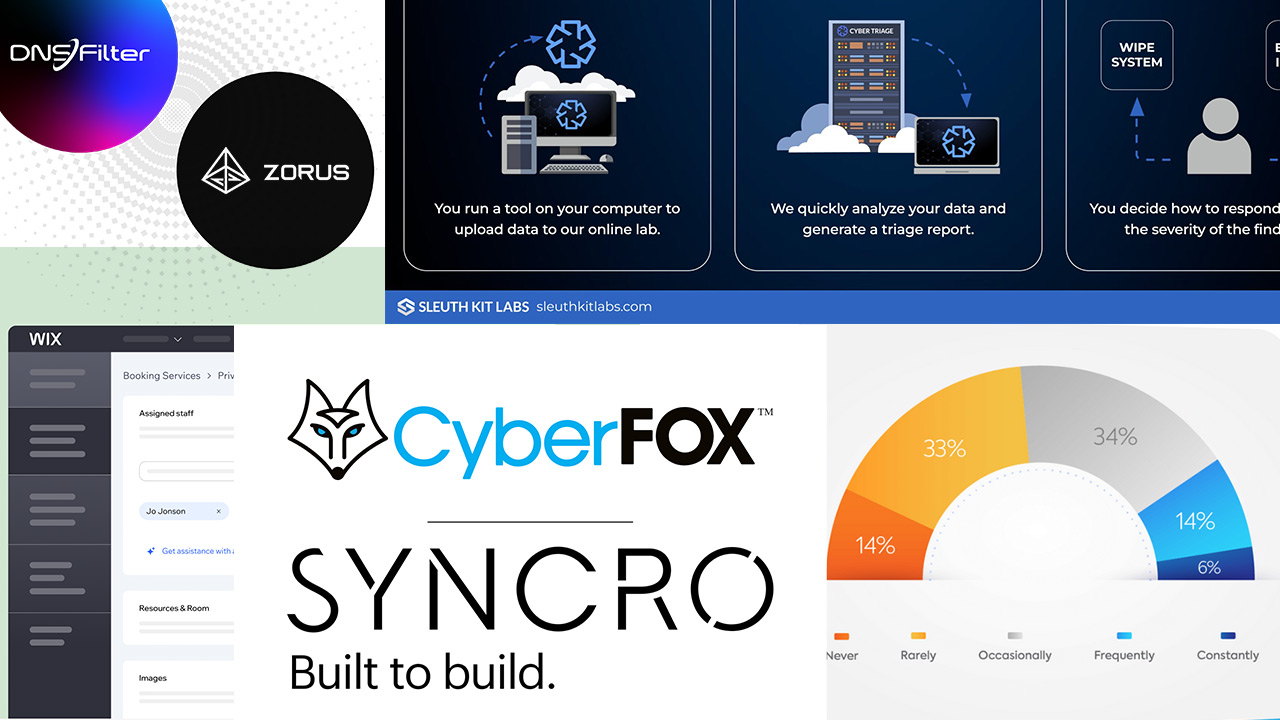Discover the most critical metrics to monitor when implementing automation, such as response times, ticket resolution rates, and cost savings. This guide will help MSPs measure the tangible benefits of automation and continuously refine their workflows for better results.
What KPIs Should I Track to Measure the Success of Automation?
Why Tracking KPIs Matters
- Proves ROI: Automation often involves upfront investments. Tracking KPIs shows tangible returns on that investment.
- Drives Continuous Improvement: Monitoring metrics helps identify areas where automation can be optimized further.
- Builds Client Confidence: Sharing performance metrics demonstrates the value of your services, encouraging long-term client loyalty.
Key KPIs to Track
1. Ticket Resolution Time
-
- What It Measures: The average time it takes to resolve client tickets after they are submitted
- Why It Matters: Faster resolution times directly impact client satisfaction and SLA compliance.
- Key Insights
- A 20%-30% reduction in resolution time is achievable with AI-powered ticket routing and prioritization tools.
- Consistent, fast ticket resolution builds trust and helps secure client renewals.
- Practical Applications
- Use tools like Zendesk or ConnectWise to track ticket completion time across technicians.
- Share monthly resolution time improvements with clients to highlight your responsiveness.
2. First-contact Resolution Rate (FCRR)
-
- What It Measures: The percentage of tickets resolved during the initial interaction with the client
- Why It Matters: High FCRR reduces ticket volumes, improves client satisfaction, and lowers operational costs.
- Key Insights
- FCRR above 70% indicates strong initial troubleshooting and well-trained technicians.
- Higher FCRR reduces escalations, saving technician time.
- Practical Applications
- Implement AI-powered chatbots to handle common issues during the first contact.
- Use training programs to improve technician diagnostic skills for faster resolutions.
3. Time Saved Per Employee
-
- What It Measures: The reduction in hours spent on manual tasks after automation is implemented
- Why It Matters: Frees up your team for strategic initiatives, improving both productivity and morale
- Key Insights
- Employees who spend less than 20% of their time on repetitive tasks are better positioned to focus on client-facing or strategic work.
- Automation in areas like ticket management and reporting can save up to 10 hours per technician per week.
- Practical Applications
- Track how long technicians spend on routine tasks and identify opportunities for further automation.
- Reallocate saved time to client consultations, system architecture planning, or proactive client outreach.
4. Cost Savings from Automation
-
- What It Measures: The financial savings achieved by reducing labor-intensive tasks or improving efficiency
- Why It Matters: Demonstrates the profitability of your automation investments
- Key Insights
- Automating ticket routing and patch management can reduce labor costs by 15%-20%.
- Cost savings can offset upfront investments in new automation tools.
- Practical Applications
- Use financial analysis software or PSA platforms to calculate labor costs pre- and post-automation.
- Showcase cost savings in your marketing to justify automation as part of premium service tiers.
5. Client Satisfaction Scores (e.g., NPS or CSAT)
-
- What It Measures: Client perceptions of your MSP’s performance, particularly regarding speed, reliability, and overall service quality
- Why It Matters: Higher satisfaction scores lead to better retention rates and positive referrals.
- Key Insights
- Satisfaction scores tend to rise when response times and resolutions improve, showcasing automation’s benefits.
- Clients value visible efficiency gains, such as faster ticket closures or detailed automated reporting.
- Practical Applications
- Send automated satisfaction surveys after ticket resolutions and track results over time.
- Use satisfaction trends to identify specific automation tools or processes that clients appreciate most.
6. SLA Compliance Rates
-
- What It Measures: The percentage of tickets resolved within the timeframes outlined in your service level agreements (SLAs)
- Why It Matters: SLA compliance is a key metric for retaining clients and reducing churn.
- Key Insights
- AI ticket prioritization can improve SLA compliance rates by 25%-30%.
- Consistent SLA adherence can be a differentiator to win new contracts.
- Practical Applications
- Use real-time SLA dashboards in your PSA tool to monitor progress and alert technicians to overdue tickets.
- Share quarterly SLA performance reports with clients to build trust and accountability.
Steps to Get Started
- Define Your KPIs: Use this guide to identify which metrics are most relevant to your MSP.
- Set Baseline Metrics: Gather data from before automation implementation to measure progress.
- Track Consistently: Update KPI tracking regularly, whether weekly, monthly, or quarterly.
- Optimize Based on Results: Use KPI insights to refine workflows, re-train staff, or evaluate new tools.
Conclusion
Tracking the right KPIs is essential for demonstrating the value of automation, identifying areas for improvement, and strengthening client relationships. Use this guide and companion tracker template to measure success and make data-driven decisions for your MSP.
Next Steps
- Want more helpful guidance on this topic? Check out our AI and Automation Answer Center!
- Have a question for our experts? Send it to editors@channelpronetwork.com
ChannelPro has created this resource to help busy MSPs streamline their decision-making process. This resource offers a starting point for evaluating key business choices, saving time and providing clarity. While this resource is designed to guide you through important considerations, we encourage you to seek more references and professional advice to ensure fully informed decisions.
Featured image: iStock















